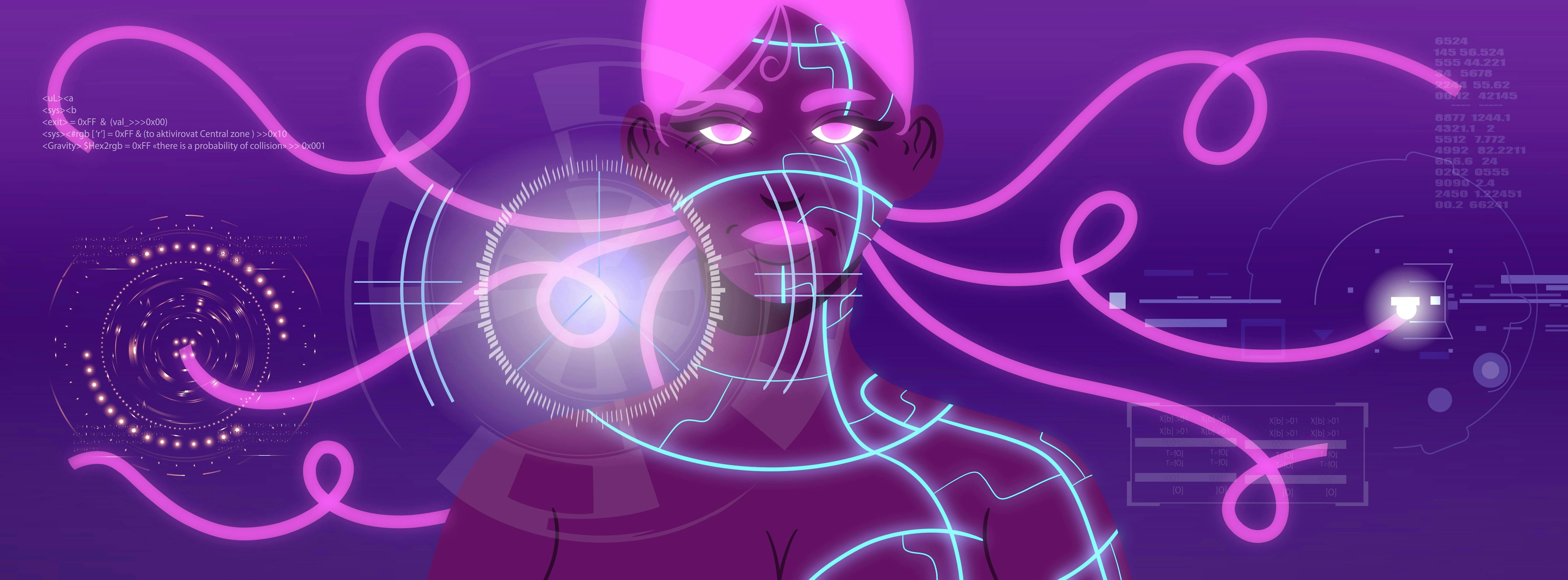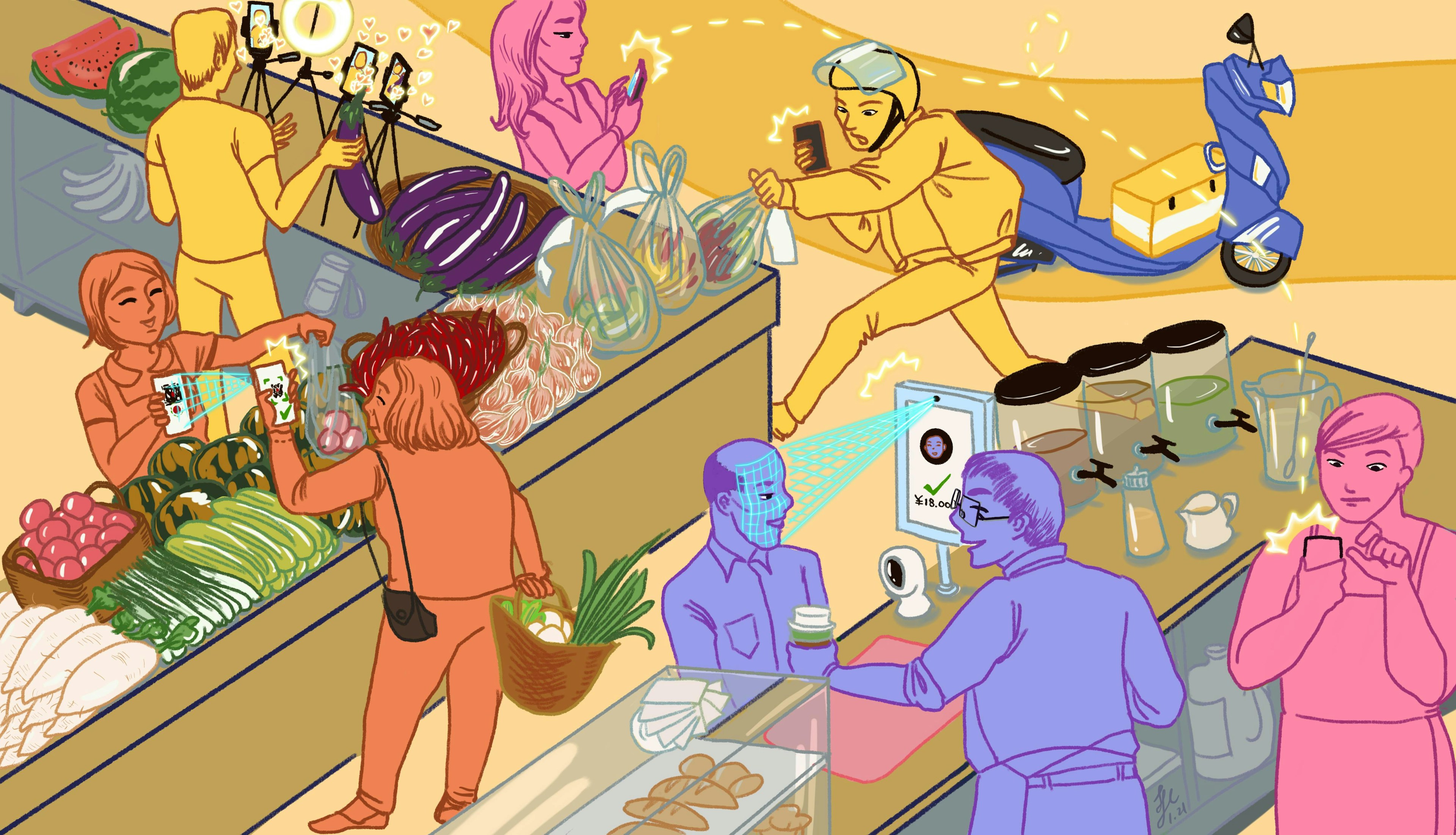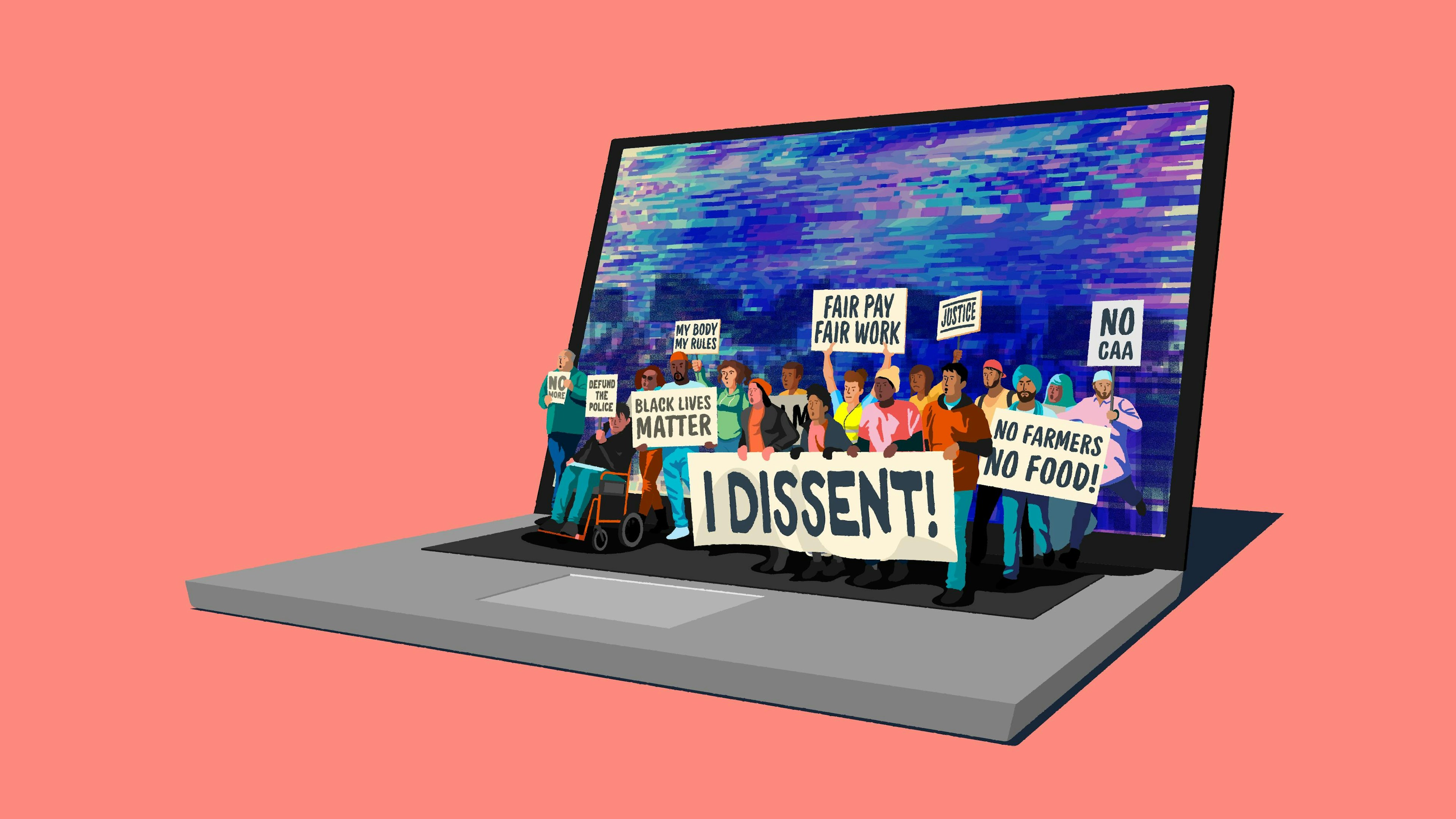Forget About the Internet of Things; Let's Talk About the Internet of Life (IoL)

The COVID-19 pandemic has fuelled global conversations around the importance of vaccines, and about the privacy tradeoff of government-mandated contact tracing apps. At the same time, misinformation campaigns spread online like wildfire.
In the case of many conspiracy theories, a web of falsehoods is woven around a kernel of truth. No, the vaccine will not include a microchip—that’s just not how vaccines work. Supposed “correlation maps” between 5G connectivity and coronavirus cases are actually population density maps. While it is the case that urban centres tend to have faster access to 5G connectivity, and the virus spreads faster in densely populated areas, that does not imply a connection between one and the other. Yet conspiracy theorists who fall prey to false information make death threats to telecoms engineers, and have already damaged over 50 cell phone towers in the UK.
At the heart of many of these ideas is the belief that we are somehow being manipulated, not just mentally but physically. The truth may be different, but it is just as wild.
Human microchips are already on the market, and ubiquitous high-speed internet will transform our lives. Tens of thousands of people in Sweden volunteered to implant a microchip the size of a grain of rice that allows them to make touchless transactions, log into online accounts, and unlock doors. Scientists in Singapore are developing a microchip implant that allows 24/7 health monitoring. While mainstream health monitoring is a novel application, it is a natural evolution of how technology has integrated into our lives.
The Internet of Things (IoT) has become a catch-all to signify anything, from speakers powered by voice assistants, to AI powered refrigerators. Intel estimates that over 200 billion objects are now online.
Yet one crucial thinking machine remains offline: the human body.
As high-bandwidth connectivity becomes mainstream and battery technology evolves, humans will develop tools that allow the tracking of health and habits in real time. Though the notion of sub-dermal electronics may make our skin crawl today, it is possible to predict a normalisation scenario that could occur over the coming decade. This will be the birth of the Internet of Life.
Location and activity tracking has become routine, almost banal. Health tracking in Apple watches can automatically call emergency numbers in case of a hard fall, and they notify users of heart rate irregularities. Artificial intelligence is beginning to outperform doctors in various types of complex diagnoses, such as breast cancer.
Recent leaps in brain-computer interfaces (BCI) even allow devices to read your thoughts.
Sub-dermal biosensor technology will initially reach the mass market through livestock and pets. Implantable biosensors will likely measure and transmit blood sugar data, temperature, blood pressure, oxygen levels, even the presence of biomarkers of cancer, or infectious diseases in the longer term. This is, of course, in addition to geolocation, activity monitoring and contact tracing. This data will be shared with the owner's portable device, and will send alerts if a visit to the vet is deemed necessary.
At the same time, existing external devices will include more diagnosis tools. Apple and Samsung are already working on ways to measure blood pressure through portable devices. As tech advances, external diagnosis tools and vitals monitoring will be expected by doctors and insurance companies.
A major leap will occur once BCI starts interfacing with smartphone technology. This will be a transformative shift that could theoretically enable us to type, scroll and browse hands-free. Our devices will acquire the capacity to detect and monitor depression and epilepsy, and could be trained to build personalised cognitive profiles that adapt to our personalities.

A woman faces a bio-avatar, the medically-connected version of herself.
Once early detection predictive models for diabetes, common cancers and heart disease are refined, at-risk populations will start tolerating increasingly intrusive inputs. With increased utility and wireless options, sub-dermal devices will be more widely accepted. Public figures will make them trendy, and as the tech improves and becomes upgradeable, they might become status symbols. Once they hit the right price point on Amazon, mainstream appeal will be rapid.
The impact on our lives will be significant. People will be able to lease, sell, or donate health data to generate revenue, or contribute to research on a massive scale. Once IoL devices hit the mass market, they will save countless lives through the early detection of diseases. Further into the future, they could even allow us to create bio-avatars that AI physicians and scientists can diagnose or study. Our thoughts and ideas could also be compiled into that bio-avatar, creating a virtual version of ourselves that mimics or adapts to our personalities, potentially dispensing personalised mental health care.
The implications of the IoL on human civilisation are immense, and the return on investment equally large. It is therefore no surprise that Amazon and Google are spending billions of dollars to acquire healthcare data. Big data companies are already converging to transform healthcare and build the world’s most valuable database.
One question remains: who will exploit them most effectively?
07 Jan 2021
-
Giorgio Tarraf
Illustrations by Macha Pulcini.
DATA-DRIVEN TECH & SOCIAL TRENDS. DISCOVERED WEEKLY. DELIVERED TO YOUR INBOX.
02/03
Related Insights
03/03
L’Atelier is a data intelligence company based in Paris.
We use advanced machine learning and generative AI to identify emerging technologies and analyse their impact on countries, companies, and capital.


